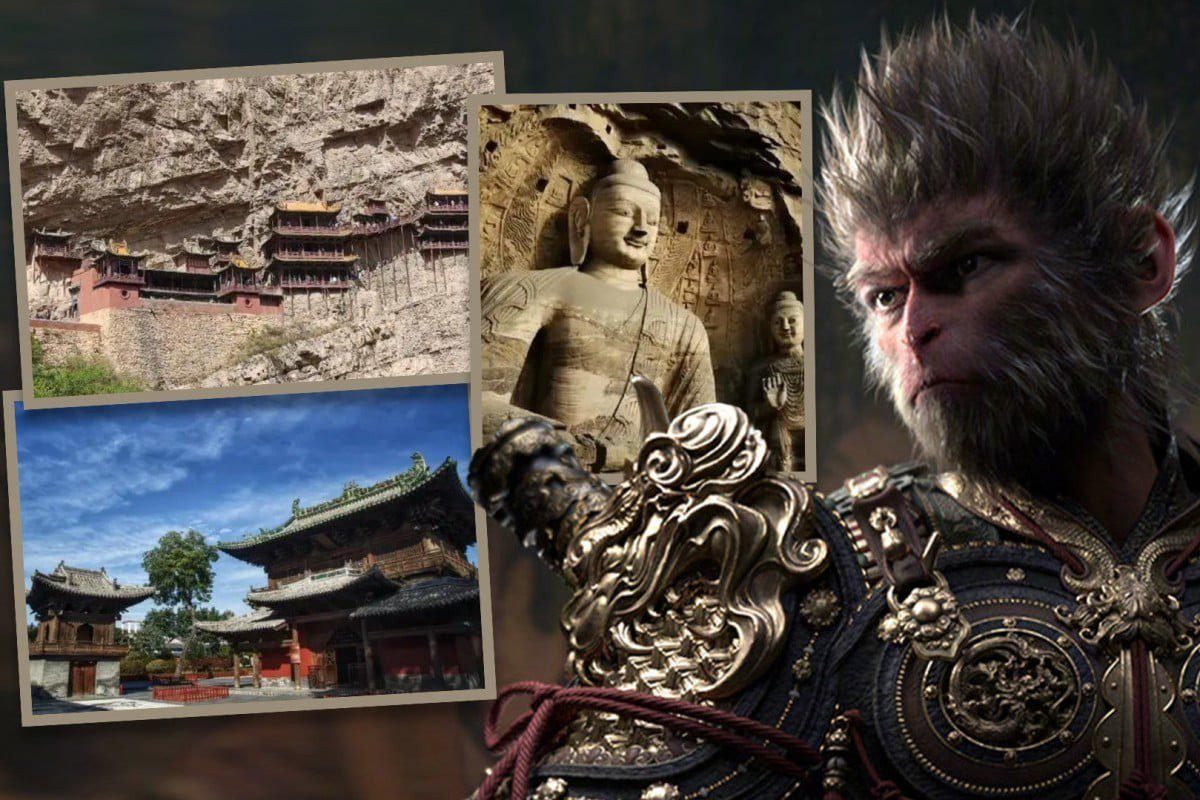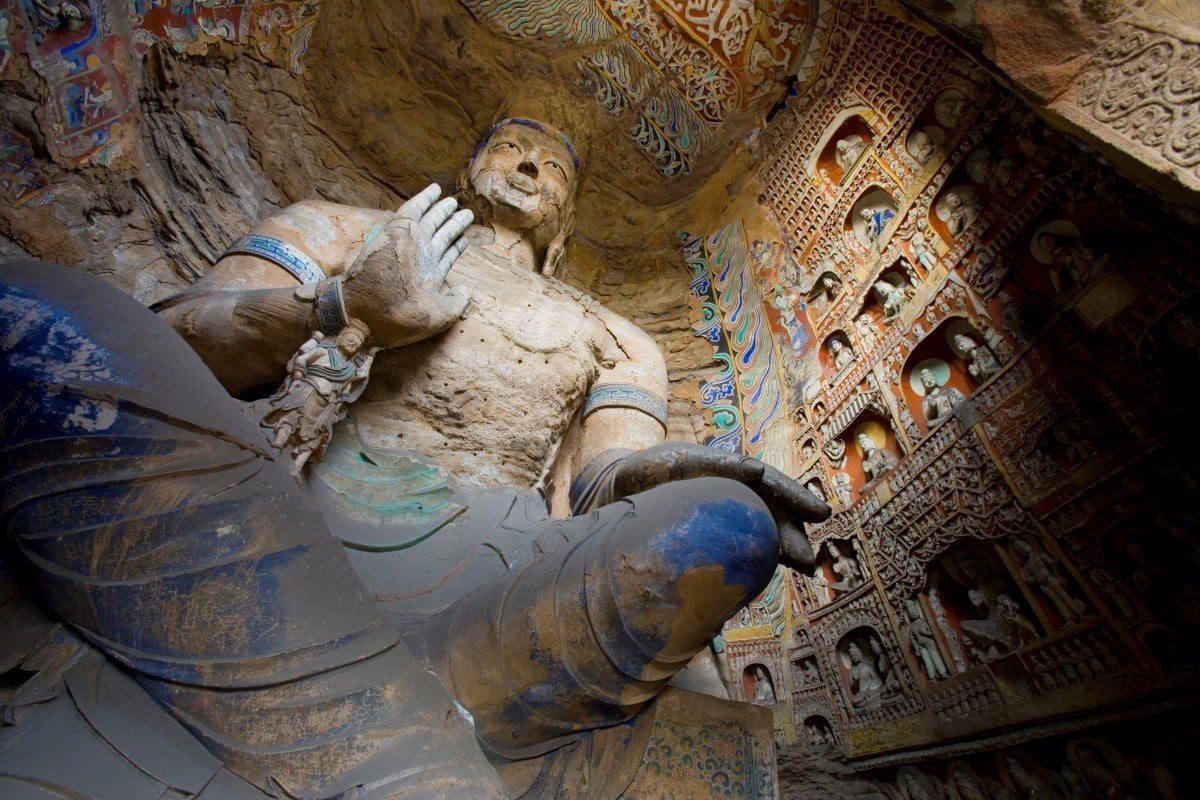When it comes to the biggest gaming companies in the world, one might think of Nintendo, the famed creator of Mario, Pokémon, and The Legend Of Zelda, or PlayStation, synonymous with blockbuster titles like Final Fantasy and Uncharted. However, Game Science, a Chinese company backed by Tencent, has managed to capture global attention with the release of the role-playing game Black Myth: Wukong (The Journey to the West: Wukong).

On August 20, after nearly five years of development, Black Myth: Wukong achieved an impressive engagement of over 2.2 million players concurrently and sold 10 million copies within just three days. This marks the first AAA game from China, a term that typically refers to blockbuster releases. It’s worth noting that the developers at Game Science do not have prior experience with blockbuster games and have primarily focused on mobile games.
Cultural Significance in Enhancing Player Experience
Chinese media views Black Myth: Wukong as a significant cultural phenomenon, aiming to bring classical Chinese literature to a global gaming audience.
The game draws inspiration from the 16th-century novel Journey to the West by Wu Cheng’en. Players control a character resembling a human who gathers six magical companions to confront the heavenly deities.
Rather than the typical castles and large palaces found in Western video games, Wukong combines traditional Chinese architecture, featuring structures based on various historical sites, particularly in the Shanxi region, famous for its ancient architectural wonders.
Many scenes are set against a backdrop of majestic mountains, lush forests, intricate Buddhist sculptures, and serene waterways that reflect the rich cultural heritage and architecture of China, creating an immersive environment for players.
Experts evaluate the enhanced gaming experience by blending cultural elements into gameplay, indicating a prominent focus on cultural significance.
Game Science has meticulously researched traditional narratives and cultural heritage present in Black Myth: Wukong. They have visited numerous locations in Shanxi province featured in the game to enhance authenticity.
Jolin Guan, a cultural expert, mentioned that the design team has consulted Journey to the West over a hundred times, observing various natural landscapes to enrich the game’s mythical elements. “We have traveled to hundreds of mountains, rivers, temples, and ancient ruins, striving to capture the essence of these locations,” she said.
Black Myth: Wukong Sparks Tourism Growth
Utilizing this cultural connection, the cultural and tourism bureau of Shanxi province has launched a campaign linked to Black Myth: Wukong to promote tourism.
According to SCMP, Shanxi province is attracting a significant influx of tourists interested in exploring the game’s filming locations.
Of the 36 primary filming sites, 27 are located in Shanxi province, approximately 500km from Beijing, including sites like Xiaotai, Mengliang, and Tianfeng Temple. Nearby, famous tourist attractions include the ancient cities of Pingyao, Lijiang, and Datong.
Over the past week, Shanxi has seen a remarkable increase in tourism as many visitors seek to experience the locations depicted in the game.
One of the highlighted sites is the Buddhist temple dating back to the Ming dynasty (1368-1644), where ticket sales have reportedly tripled.

This area is known for its natural resources and ancient architecture, but experts note that Shanxi has not yet become a premier tourist destination. The lack of convenient transportation between major attractions and insufficient local promotion are significant barriers.
Recently, a video showcasing these locations emerged on Bilibili, highlighting the beautiful landscapes and tourist attractions in Shanxi, alongside Wukong.
Shanxi is not the only place in China that aims to capitalize on the popularity of this game to boost tourism.
Liangshan Yi Autonomous Prefecture, located in the eastern region of Sichuan province and believed to be the birthplace of Wukong, has announced that all players who complete the game will be granted free access to the famous Huaguo Mountain – a popular tourist destination in the area.
Cultural Export
Black Myth: Wukong has become a focal point in discussions about cultural exports, as highlighted in a recent press conference by the Ministry of Foreign Affairs of China on August 21. Spokesperson Mao Ning noted the unique aspect of this game, emphasizing its origins from Journey to the West, and expressed that Black Myth: Wukong embodies the captivating essence of traditional Chinese culture.
Many comments on Sina Weibo refer to this as “an outstanding event for the promotion of Chinese cultural exports.”
Feng Ji, the founder and director of Game Science, based in Shenzhen, revealed that the team has been committed to representing Chinese culture since they started the project in 2018.
“For us, the essence is traditional Chinese literature, rooted in philosophy and values that resonate globally, offering many avenues for exploration. We are showcasing Chinese culture in a natural way,” he stated.
According to him, choosing Journey to the West as a foundation for the game was a pivotal decision.
“When we, as Chinese people, see the imagery or hear the name Wukong, we feel a profound connection. With all our hearts, we strive to create games that touch the essence of our culture,” he added.
The fame of Wukong, with both local and international audiences, plays a significant role in his selection as the hero of this game.
On YouTube, videos about Wukong have generated significant engagement, especially with English subtitles, prior to the game’s release.
The story of Wukong has also attracted interest from Western scholars like Jim R. McClanahan, who has studied the character at Miami University. Dota, a multiplayer online battle arena game, has even incorporated elements of Wukong into its gameplay.





















